Flat Fixing, Part 3 of 3: Let's Do the Dang Thing!
Now that you have the proper-size tube and the necessary tools, we’re going to jump in, get our hands dirty, and Change. That. Flat!
First, you’ll need to remove the wheel from the frame. We are actually going to devote an entire blog post soon about wheel removal but, for now, the experts over at Park Tool have a great how-to video HERE.


Remove the tire from the wheel. Use tire levers, if necessary.
Remove the tube from the tire and set the tire down; pull the tube out of the tire with the valve lined up with the top center of the tire - this will help you locate shrapnel in the tire, if any, later!

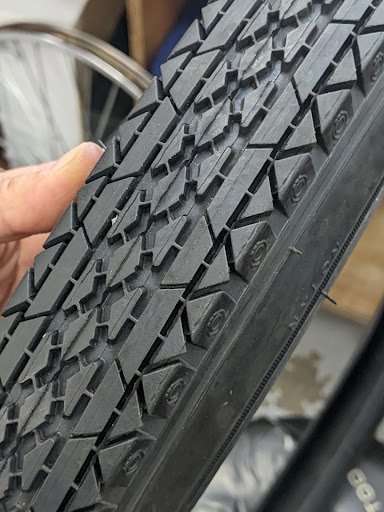
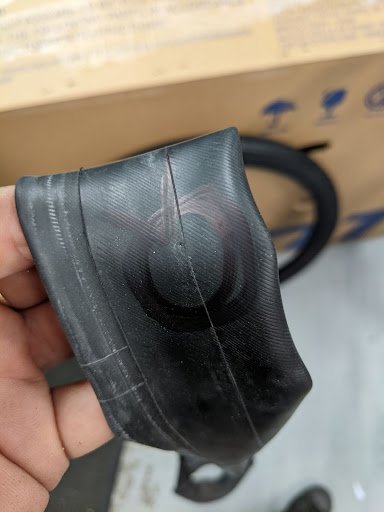
Inflate the problem tube and do your best to locate the puncture. Once you find the puncture, line it up with where that part of the tube was on the tire - do you see any glass or tiny wires in the tread? If so, remove the shrapnel.
Bike Shop Pro Tip: Take your fingers and gently feel the inside of the tire throughout the entire diameter of the tire. This will help you detect small wires and shards of glass you may not see on the outside tread or outside of your initial puncture location! Also, take this opportunity to inspect the steel bead and sidewalls of the tire, along with the outside tread, looking for any damage.
If the tube looks like it has a snake bite and you cannot locate anything stuck in the tire that may have caused it, you’re not crazy - it was likely caused by low air pressure and the tube got pinched between the bead of the tire and the rim (more common than you think)!
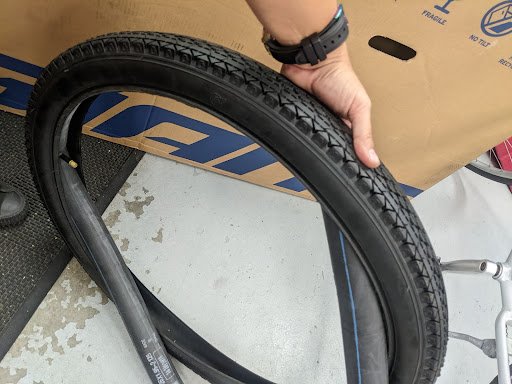


Take your new tube and add some air to give it some shape. 10 PSI should do ya. Place the tube inside the tire, lining the valve up with your P.S.I or the tire label is a bonus. (This will help you find flat-causers in the future, a la Step 2!)
Put the tire (with the slightly inflated tube snugly inside of it) back onto your wheel, one side at a time. Here’s where those tire levers come in handy again.
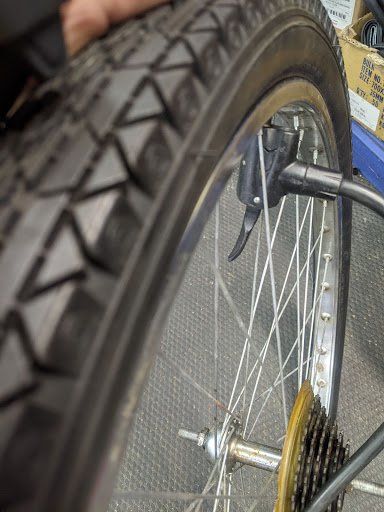
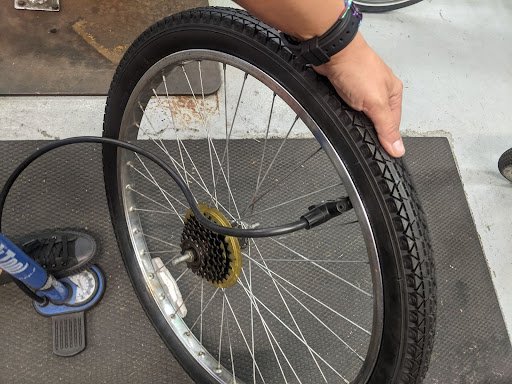
Attach your pump to your valve and slowly start inflating your tire to make sure your tube isn't trying to sneak out between the tire bead and the rim. (Putting the tube inside of the tire is usually very helpful in preventing this, which is why we mentinoed it!)
Once you’ve pumped about 25 PSI into the tire with no bulging, it’s safe to say that you’re good to go and you can inflate the tire to its maximum capacity.
Now put the wheel back into the frame and you’re ready to roll!
